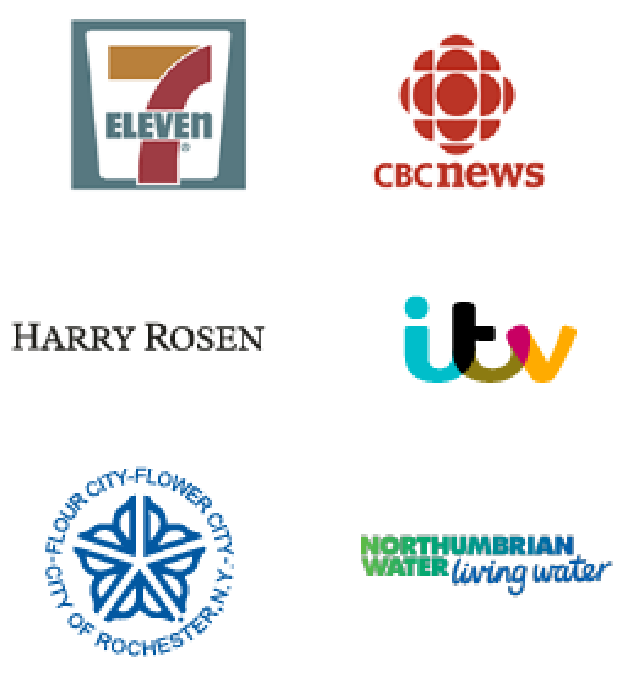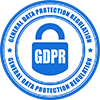Golang Maps is a compilation of unordered key-value pairs. It is commonly used because it offers simple searches and values with the aid of keys that can be retrieved, modified or deleted. It is a reference to a table with a hash.
This blog will cover the basic use of maps in Go, and how a newcomer to the language may utilize them for their applications.
What is a Map?
Maps (also called dictionaries) are a very useful tool in helping to store and organize objects to be accessed in an efficient method.
Most basic implementations of a map involve using a key to access a value in the map, resulting in key-value pairs, in which one key is associated with a specific value in the map. Within Golang, maps follow this definition.

How to create a map?
Initialization of a map can be done using the make command. This is similar to the initialization of a slice:
mapObject := make(map[string]string)In this case, mapObject is a map that uses strings as a key to map to another string. When creating a map, the key type must be a type that is Comparable, or more specifically types that can be compared using the == operator.
Examples of valid key types include booleans, numbers, strings and several other primitives can be used as keys.
One more thing to note is that structs can be used as a key, provided that all the properties of the struct are Comparable.
Maps can also be created using a map literal. For an empty map:
mapObject := map[string]string{}Or for a map with initial data:
mapObject := map[string]string{
“Key1”: “Value1”,
“Key2”: “Value2”,
“Key3”: “Value3”,
}How to use Go Maps (with Examples)
Setting
Interaction with Go maps are similar to the dictionaries and maps of other languages. A simple way to return a value associated with the key is to use bracket notation. For example, to set a string value mapped to a string key:
mapObject[“test”] = “test_value”Fetching

Retrieving a value uses the same format.
result := mapObject[“test”]The value of result will be the value assigned to “test” in the map. In the case where no key is found, the zero value of the type is returned instead. In this case, if there is no associated value with “test”, an empty string is returned.
A boolean that returns the key’s existence can also be returned if two arguments are assigned from the retrieval. For example:
result, exists := mapObject[“test”]If “test” exists in the map, result will be the value associated with “test” and exists will be true. If “test” does not exist, result will be an empty string and exists will be false. This is useful when the map being used contains zero-values to distinguish between existence or whether the value is just zero.
Deleting
Using Go’s built in delete method, key-value pairs can be deleted off the map. To delete the previous “test” key from the map, the following can be called:
delete(mapObject, "test")The delete method does not have a return value, so if the key does not exist in the map, nothing will happen. Length
The number of key-value pairs of a map can be found using the len method:
length := len(mapObject)Iterating
Using Go’s range keyword, a map can be iterated through.
for key, value := range m {
fmt.Println("Key:", key, "Value:", value)
}There is no specific order in which the map is iterated. If a specific order is needed, a slice or other data structure can be used to store or hold data which can then be sorted and iterated through.
Concurrency
Although Go has a lot of support for concurrency through the use of goroutines and channels, maps alone are not a reliable approach to handling data in a concurrent setting.
To work with maps that support concurrency, a separate synchronization method should be used, like sync.RWMutex. Alternatively, an open source map package which implements the synchronizations can be used.
Conclusion
With the market space and number of applications being created by Go increasing, hopefully this blog will help touch onto the basics of one of the major structures in Go.
Although it doesn’t support concurrency, maps in Go are still a useful tool in most applications developed in Go, to reliably access and manage data.
If you want to learn more about golang here is a quick guide on, how to send email with golang. If you like what you read leave a comment or any question and will communicate further.












